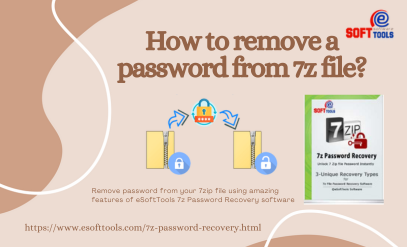What is excel
Let’s know something about Microsoft excel.
MS Excel is a program that avails users to make an electronic spreadsheet. We use excel mainly for accounting purposes. But we can use it also for mathematical calculations, finding values such as profit and loss, calculating repayment plans for loans or mortgages, average, maximum, minimum, other statistical values in a specified range of data, data analysis, and many more operations.
In excel we maintain some tables contain cells organized in rows and columns. In excel several files can save in one computer file named as a workbook. The workbook can contain several spreadsheet files.
How we can save Excel worksheets?
After creating an excel file we can save it by the following process…
- Click on the "File" button that is given on the toolbar then click on save as…
- We can get "save as" heading and some options, we have to choose the place where we want to save the file…
- Click browse to find the location where u want to save the file in which folder…
- In the filename box, enter a name.
- If u wants to save the file in different file format click the dropdown button and choose the extension in which format u want to save the file…
- Clicks save.
- The process of saving excel worksheet is completed.
How to Password Protect an Excel file
Now we can proceed with the next topic on "how we can protect the Excel worksheet with a password".
If you are using excel version ‘2010 and later’ follow this process to protect your worksheet.
- First, open the excel document you want to protect
- Click on the File tab
- Click the info option
- Click the protect workbook option
- Click encrypt with password (we need a password to restrict editing and to limit or block other users from making edits)
- Type a password in the password text field and click ok
- Reenter password and click ok,
- Click Save.
If you are using Excel 2007 then follow this process…
- Open the file,
- Click the MS office button,
- In the drop-down menu click to encrypt the document,
- Select the password type it in the password field,
- Click ok and reenter the password,
- Click Save.
How to Unlock Excel File Password Protected
After saving the worksheet using a password we can only edit or modify the worksheet if we have the password. Otherwise, we cannot access the file.
In these circumstances, if we lost our password or we don’t know the password but we have to access or modify the worksheet what we can do then? We have to recover the password right?
For easing this situation or get rid of this situation, here eSoftTools provide you the best solution for recovering the password of MS Excel worksheet or file.
Best Solution to Unlock Excel file
Simply utilize the eSoftTools Excel Password Recovery tool for recovering the password of XLS/XLSX extension files.
- First, we have to Download the Excel Unlocker tool.
- We can see a box-like structure with a heading select file option.
- There are three options that are excel, word, access. We want to recover an excel file so click on the excel option and simply click Next.

- Click the open button to browse the encrypted excel file. Then choose the file which we want to decrypt and click recovery option.

- After choosing we will see multiple options like- brute force attack, know/part attack, dictionary attack, password length setting, Log setting…
Brute Force Attack:- if u know the password type like- Lower Latin, Caps Latin, All numeric, All special, etc
Know/Part (Mask) Attack:- if you know the first character of the password(use prefix field)
If you know the last character of the password (use suffix field)
Dictionary Attack:- Using this option user can create their own dictionary file…
Password Length settings:- This option is provided to set minimum length or maximum length of the password.
- Click on the Recover button given on the toolbar to start the process

- Then you can get the recovery status of recovered password in a box-like field.

- Then a message box will pop up on your screen for showing the process completion simply click ok and you are done.




.png)

.png)
eSoftTools Excel Password Recovery Software In this I saw that it provides 3 techniques Dictionary Attack, Mask Attack and Brute Force Attack. And which supports all Excel file extensions XLSX, XLS and XLSM. Due to which I got full confidence in this tool and I was able to remove the password of my Excel file step by step
ReplyDelete